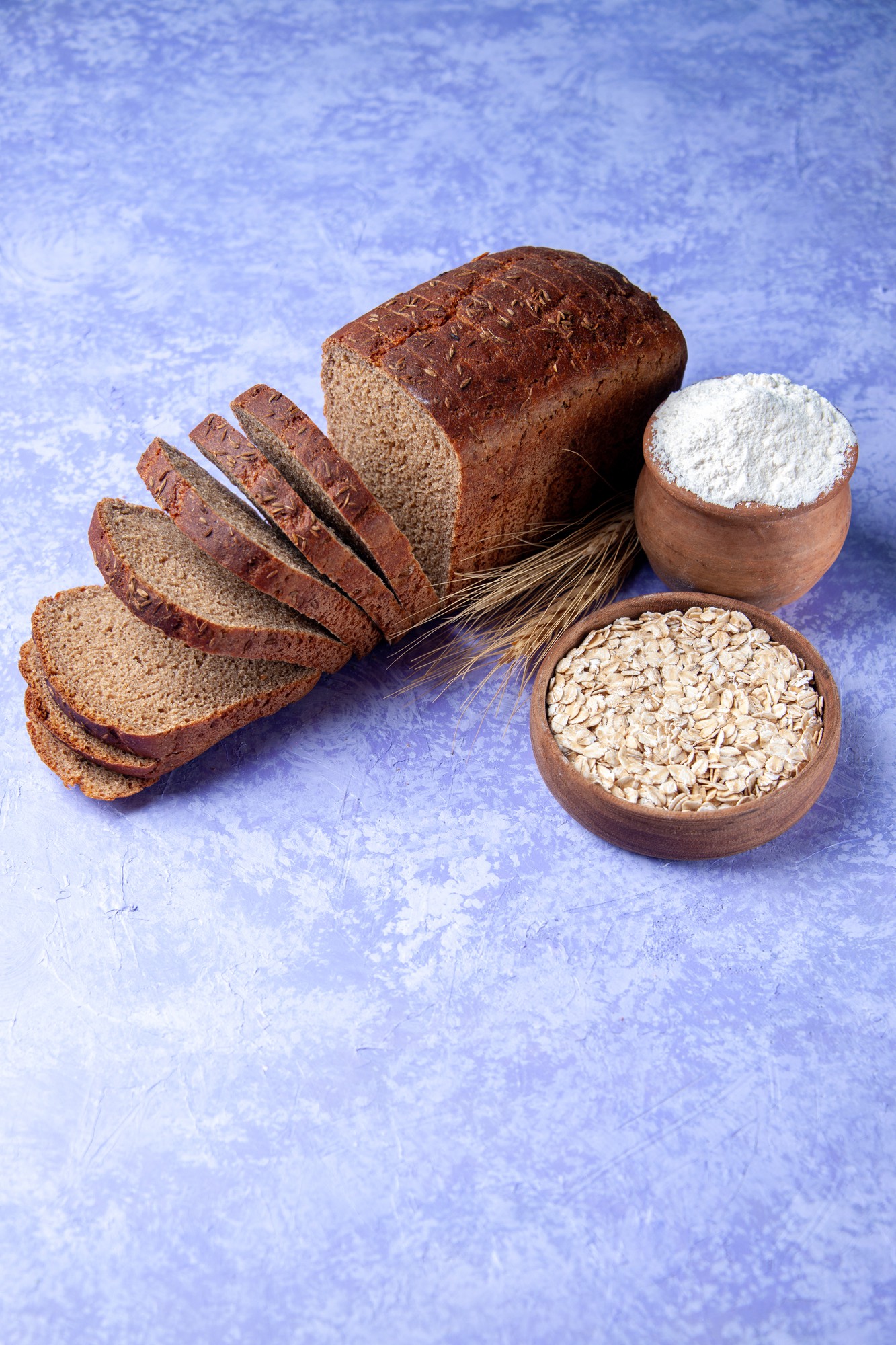For those with gluten sensitivities or celiac disease, finding a bread that both tastes great and meets dietary needs can be a challenge. Traditional white bread, made with wheat flour, is off-limits for these individuals. However, gluten-free white bread has emerged as a fantastic alternative, offering all the soft, fluffy texture of regular white bread without the gluten.
What Makes Gluten-Free White Bread Special?
Gluten-free white bread is crafted from a blend of gluten-free flours such as rice flour, potato flour, and tapioca flour. These ingredients work together to replicate the chewy texture of wheat bread. Unlike its wheat-based counterpart, this bread is free from gluten, a protein found in wheat, barley, and rye that can cause digestive issues for some people.
The key to achieving the perfect gluten-free white bread lies in the right combination of flour, moisture, and binding agents. Many gluten-free bread recipes include xanthan gum or guar gum to mimic the elasticity and rise of gluten. Yeast is typically used to allow the bread to rise, while a mix of dairy or non-dairy milk and oil helps create a moist, soft crumb.
Why Choose Gluten-Free White Bread?
- Health Benefits: For individuals with gluten intolerance or celiac disease, this bread is a necessary dietary staple. It allows them to enjoy the comfort of bread without any of the adverse effects caused by gluten consumption.
- Delicious Taste: Contrary to the belief that gluten-free bread is bland, well-made gluten-free white bread can be soft, flavorful, and just as enjoyable as traditional white bread. Its mild taste makes it ideal for sandwiches, toast, or paired with soups.
- Versatile: Gluten-free white bread can be used in a variety of ways. It can be toasted for a crisp crunch or served as a sandwich base with favorite spreads and fillings.
- Diet-Friendly: Many gluten-free bread options are also dairy-free and suitable for those on plant-based diets. The availability of gluten-free options means that those with dietary restrictions do not have to sacrifice variety in their meals.
How to Make Wonderful Gluten-Free White Bread
Making gluten-free white bread at home ensures that it’s fresh, free of preservatives, and made to your exact specifications. Here’s a simple guide to making this bread at home:
Ingredients:
- 2 cups gluten-free all-purpose flour
- 1 tablespoon sugar
- 1 tablespoon yeast
- 1/4 cup olive oil
- 1 cup warm water
- 1/2 teaspoon salt
- 1 teaspoon vinegar (apple cider or white)
Instructions:
- Activate the Yeast: In a bowl, combine the warm water, sugar, and yeast. Let it sit for about 5–10 minutes until the mixture becomes foamy.
- Mix the Dry Ingredients: In a separate bowl, whisk together the gluten-free flour and salt.
- Combine Wet and Dry Ingredients: Add the olive oil and vinegar to the yeast mixture, then pour this into the flour mixture. Stir until a thick batter forms.
- Knead the Dough: Knead the dough for about 5 minutes. It will be sticky, so it’s helpful to use a spatula or your hands. If needed, add more flour to achieve a dough-like consistency.
- Let It Rise: Place the dough in a greased bowl, cover with a clean cloth, and let it rise in a warm place for about an hour or until it doubles in size.
- Shape the Dough: Once the dough has risen, punch it down and shape it into a loaf. Place it in a greased loaf pan.
- Bake: Preheat your oven to 375°F (190°C). Bake for 30-40 minutes or until the bread is golden brown and sounds hollow when tapped on the bottom.
- Cool and Serve: Allow the bread to cool completely before slicing. This step ensures the bread maintains its shape and texture.
Conclusion
Wonderful gluten-free white bread is not just a food necessity for those with gluten sensitivities, but also a delightful treat that everyone can enjoy. Whether bought or homemade, it can become a staple in any kitchen, allowing people to savor the taste and texture of traditional white bread without compromise.

